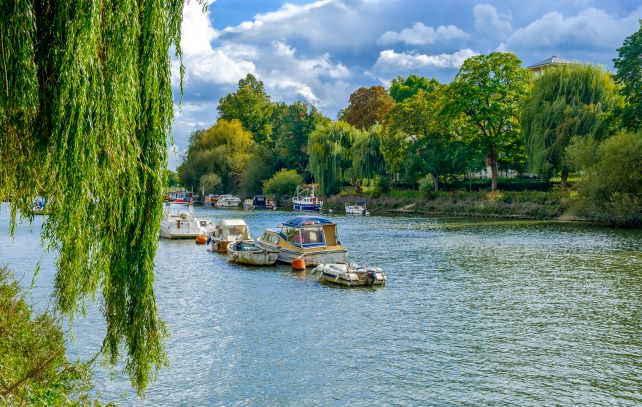The River Thames is as iconic to London as the key buildings that grace its shores. With staycations surging, so are investments in rivercraft. If you’ve invested money in buying, fuelling and storing a boat, it’s only logical that you’d do everything you can to keep it looking its best. Alternatively, you may have found a second-hand craft that’s in need of some TLC to return to its former glory. Either way, polishing is an important maintenance task that shouldn’t be ignored.
New and used boat sales increased by 9% in the UK in 2020 as consumers looked for new ways to travel while staying safe and socially distant. Polishing may seem like a daunting task for those new to boat ownership, but you could save money and learn a new skill in the process.
As with many things in life, planning and preparation is key to ensuring great results. Read a quick guide to DIY boat polishing below.
Secure your boat
The first step is to secure your boat in an appropriate place and make sure it won’t tip or fall. Boats should be waxed when they’re out of the water, so you’ll likely complete this job with your boat on a trailer or a storage pad.
Your vehicle should be parked on a flat surface and far enough away from other objects that you won’t accidentally wax them too. Ideally you’ll be out of direct sunlight as otherwise the polish may dry too quickly.
Prepare the surface
Washing your boat beforehand is crucial to achieving the best possible results. You’ll want to remove any old wax, dirt, grease and minerals that have gathered on its surface. If you neglect this stage, you could end up scratching and damaging the boat further.
You should also get rid of any removable fittings at this stage to reduce the inconvenience and risk of working around them.
Select the right tools and products
There are various bits of kit you’ll want to invest in to polish your boat to a professional standard. A cordless angle polisher will make moving around the boat’s frame simple, while your ideal polish and wax products will depend on what the boat is made of.
You should also factor in the size of your boat to make sure you have enough to go around.
Polish it carefully
Start at the back of the boat and work your way towards the bow. You should polish in circular motions to avoid leaving visible streaks or irregularities, and buff away until the surface has a glossy shine. It’s wise to start at a slower speed with an electric polisher.
You can then apply wax using a similar technique. Allow it to dry, then buff it again until it shines. It’s worth checking the instructions on your polish and wax products just in case the manufacturers recommend doing anything differently.
Polishing your boat can increase its durability as well as enhancing its looks. Follow the rough outline above and seek professional advice if unsure.
Start at the back of the boat and work your way towards the bow. You should polish in circular motions to avoid leaving visible streaks or irregularities, and buff away until the surface has a glossy shine. It’s wise to start at a slower speed with an electric polisher.
You can then apply wax using a similar technique. Allow it to dry, then buff it again until it shines. It’s worth checking the instructions on your polish and wax products just in case the manufacturers recommend doing anything differently.
Polishing your boat can increase its durability as well as enhancing its looks. Follow the rough outline above and seek professional advice if unsure.

